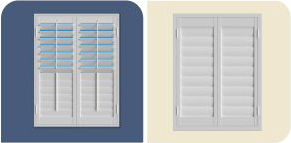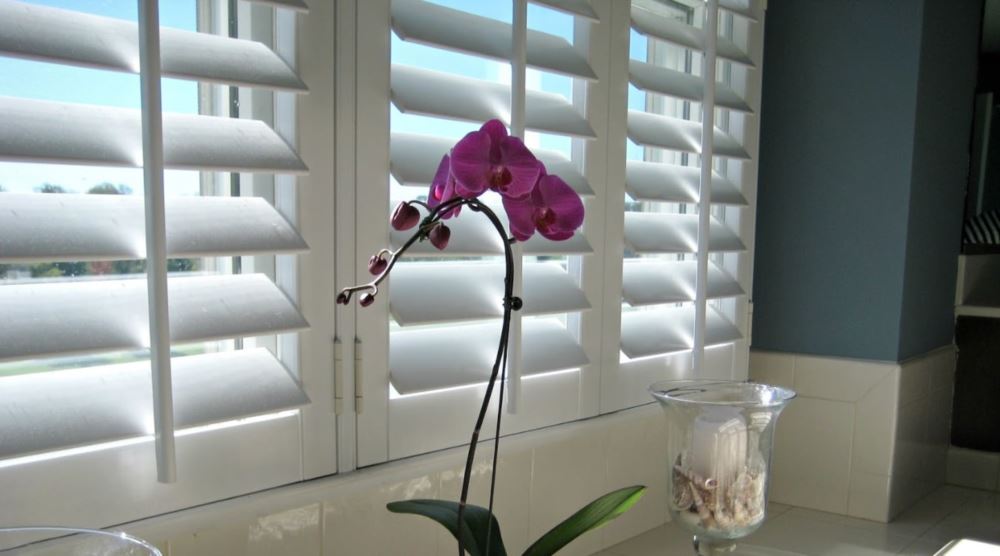
How To Close Your Energy Efficient Shutters
Every winter, homeowners across the U.S. are looking for ways to maximize the energy efficiency of their houses. It’s not enough to have window treatments covering your windows. Maximum efficiency starts with the right window treatments. And that’s shutters.
When closed completely, these energy-efficient window shutters will keep the room at a pleasant temperature. Here’s how to close Polywood® plantation shutters for maximum energy efficiency this winter.
Maximum Energy Efficiency Starts With The Right Shutters
Window treatments like blinds, shades, and curtains are made from material that does not insulate well. Most of the materials are porous, and they leave a gap around the edge of the material that lets in cold air during the winter. Plantation shutters are the most energy-efficient window treatment you can find. That’s because of the frame that seals all the corners of the window and the solid material the shutter louvers are made of.
Polywood plantation shutters are designed with a frame that seals off the sides of the window. They’re made from a solid polymer and have exclusive weatherstripping. All this together means Polywood shutters insulate 70% better than an equivalent solid wood shutter. And they reduce airflow by up to 30%. This results in the most energy-efficient shutters.
But just because you have Polywood shutters installed on your windows doesn’t mean you’re getting the most energy efficiency this winter. You have to know how to close your shutters, too.
How To Close Your Shutters For Maximum Energy Efficiency This Winter
Close The Panels
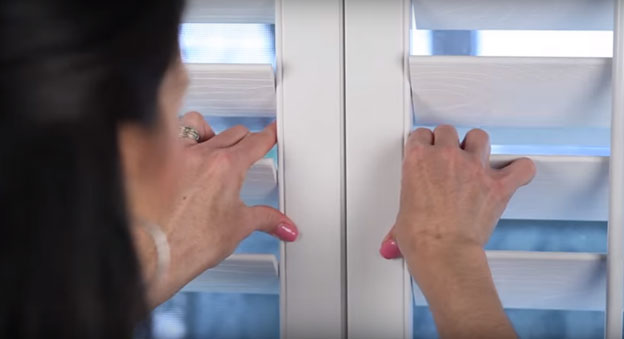
- If the shutter panels are open on either side of the window, gently swing them toward the window pane to cover it. This will create another barrier (in addition to the glass) to the cold temperatures outside.
Interlock The Weatherstripping
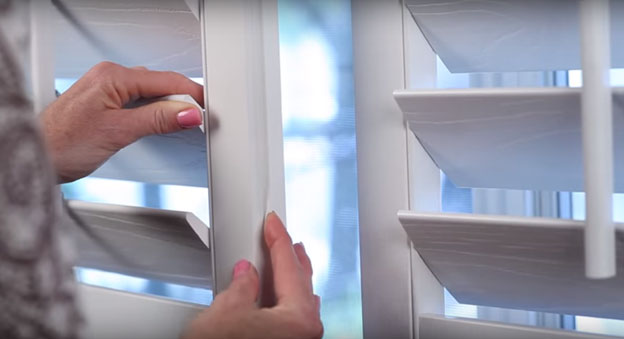
- As you’re closing the shutter panels, make sure to interlock the weatherstripping. This is an exclusive feature only available on Polywood shutters from Sunburst. It’s a layer of weatherstripping material that covers the vertical sides of the panels where they meet in the center of your window. You’ll want to make sure that the weatherstripping material interlocks to seal off air and light.
Close The Louvers
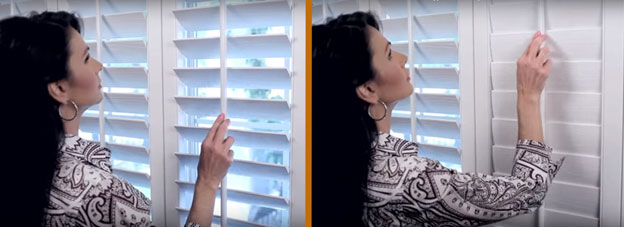
-
Most plantation shutters have a front-mounted tilt rod. Push the tilt rod inward and upward to tilt the shutter louvers up. As the louvers are tilted all the way up, the shutters are completely shut. The louvers are actively blocking light and air in this position, thanks to the way the stiles in Polywood shutters are designed.
For plantation shutters with a rear-mounted tilt rod, simply push one of the louvers up and the rest of the louvers will follow.
Push the tilt rod into the mousehole
- Once all the louvers are tilted upward, push the top of the tilt rod into the mousehole in the shutter frame. This pushes the louvers into the lip on the stiles so that the louvers can close completely. Now the louvers are vertical, allowing for more light blocking.
Watch this video for a live demo of how to close your Polywood shutters for maximum energy efficiency.
Ask Your Local Professional About Energy Efficient Shutters
Have more questions about using your shutters for maximum energy efficiency? Looking to order energy efficient window shutters? There’s a local Sunburst Shutters store in your area with professionals ready to answer all of your questions and guide you through choosing energy-efficient shutters. Find your local Sunburst store and call them for a free in-home design consultation today!


